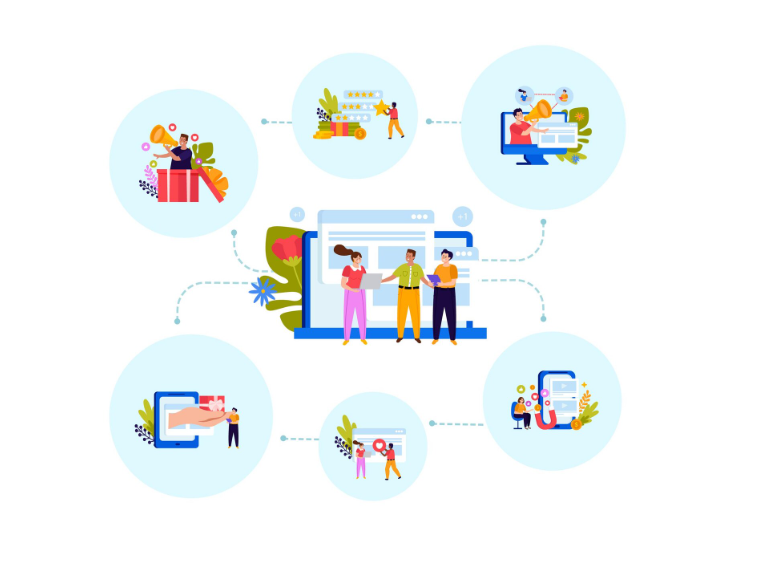
The rise of online marketplaces has increased the demand for multi-vendor eCommerce platforms. These platforms allow multiple sellers to list and sell their products under a single digital storefront, offering customers a wide range of choices. However, developing a successful multi-vendor eCommerce platform comes with unique challenges.
For businesses looking to build such a marketplace, partnering with experienced eCommerce web development services is essential. This blog explores the key challenges in multi-vendor eCommerce development and provides practical solutions to overcome them.
Key Challenges in Multi-Vendor eCommerce Development
1. Scalability & Performance Management
A multi-vendor platform must handle high traffic, multiple transactions, and large product catalogs without slowing down. Poor performance can lead to cart abandonment and lost sales.
Solution:
Use scalable cloud hosting solutions.
Optimize databases and implement caching mechanisms.
Adopt a microservices architecture for better load management.
2. Vendor Onboarding & Management
Managing multiple vendors with different product catalogs, pricing, and policies can be complex. Manual onboarding processes can slow down operations.
Solution:
Implement an automated vendor registration and verification system.
Provide a vendor dashboard for easy product and order management.
Set clear guidelines for vendor policies and commission structures.
3. Secure Payment Processing
Handling transactions between buyers, vendors, and the platform requires a secure and efficient payment system. Disputes and payment delays can harm trust.
Solution:
Integrate reliable payment gateways with escrow services.
Ensure compliance with PCI-DSS standards.
Automate split payments to vendors after order fulfillment.
4. Inventory & Order Synchronization
Real-time inventory updates are crucial to prevent overselling. Without synchronization, customers may place orders for out-of-stock products.
Solution:
Use centralized inventory management tools.
Implement APIs for real-time stock updates.
Set automated alerts for low stock levels.
5. User Experience & Navigation
A cluttered interface can overwhelm users, making it difficult to find products from different vendors.
Solution:
Implement advanced search and filtering options.
Ensure a consistent design across vendor stores.
Optimize for mobile responsiveness.
6. Fraud Prevention & Security
Multi-vendor platforms are vulnerable to fraudulent sellers, fake reviews, and data breaches.
Solution:
Implement KYC (Know Your Customer) verification for vendors.
Use AI-based fraud detection tools (without mentioning AI, refer to automated systems).
Enable SSL encryption and regular security audits.
Choosing the Right Technology Stack
Selecting the right technology is crucial for building a robust multi-vendor platform. Some popular options include:
Open-Source Platforms: Magento, WooCommerce, PrestaShop
Custom Solutions: Built with frameworks like Laravel, Django, or Node.js
Headless Commerce: For flexibility in front-end design
Working with professional eCommerce web development services ensures the right technology is chosen based on business needs.
Final Thoughts
Developing a multi-vendor eCommerce platform requires careful planning and execution. From scalability and security to vendor management and seamless payments, each challenge must be addressed strategically.
By leveraging the right tools, technologies, and expert development support, businesses can create a successful marketplace that benefits both sellers and buyers. If you’re planning to launch a multi-vendor platform, investing in reliable eCommerce web development services will help you build a competitive and sustainable online marketplace.









Write a comment ...